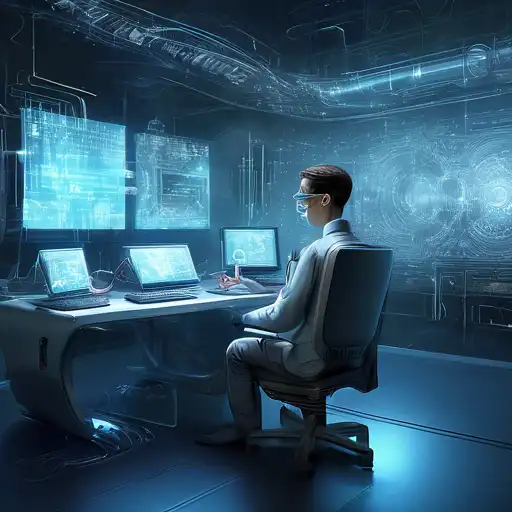Introduction to Computer Vision Technology
Computer vision technology has seen remarkable advancements in recent years, transforming how machines interpret and understand visual information. This technology enables computers to identify, process, and analyze images and videos in a way that mimics human vision, but with greater speed and accuracy.
Key Advancements in Computer Vision
Among the most significant advancements in computer vision technology are the development of deep learning algorithms and convolutional neural networks (CNNs). These innovations have drastically improved the ability of systems to recognize patterns and objects in images with minimal human intervention.
Deep Learning and CNNs
Deep learning, a subset of machine learning, has been pivotal in advancing computer vision. CNNs, in particular, have become the backbone of many computer vision applications, from facial recognition systems to autonomous vehicles.
Real-time Image Processing
Another breakthrough is the ability to process images in real-time. This has opened up new possibilities in areas such as surveillance, medical imaging, and interactive gaming, where immediate analysis and response are crucial.
Applications of Advanced Computer Vision
The applications of advanced computer vision technology are vast and varied. Below are some of the most impactful uses:
- Autonomous Vehicles: Computer vision is essential for the navigation and safety features of self-driving cars.
- Healthcare: From diagnosing diseases to assisting in surgeries, computer vision is revolutionizing healthcare.
- Retail: Automated checkout systems and inventory management are just a few ways retail is benefiting.
- Security: Enhanced surveillance systems use computer vision for threat detection and facial recognition.
Challenges and Future Directions
Despite its advancements, computer vision technology faces challenges such as privacy concerns and the need for vast amounts of training data. However, ongoing research in areas like few-shot learning and unsupervised learning promises to address these issues, paving the way for even more innovative applications.
Conclusion
The advancements in computer vision technology are reshaping industries and everyday life. As the technology continues to evolve, its potential to solve complex problems and create new opportunities is limitless. For those interested in the intersection of technology and visual data, the future of computer vision is undoubtedly bright.
